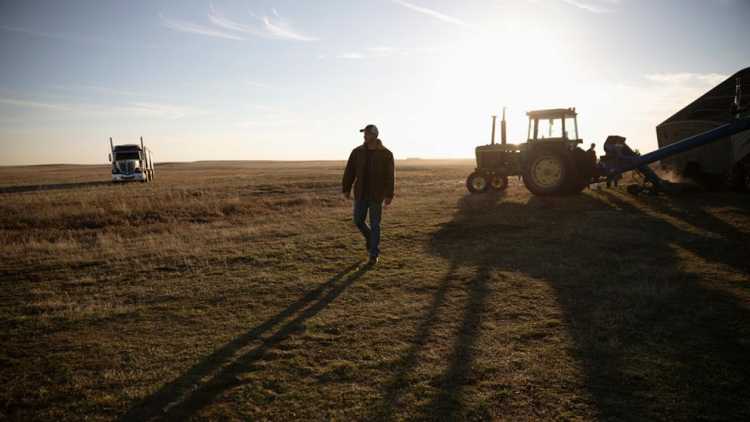Balancing tax rules with corporate farm structure

Renting out land held under a corporation brings a higher tax rate once the rental income exceeds $50,000 – and it’s something tax experts suggest landowners keep an eye on.
Land rent is currently taxed at a passive rate in a corporation.
The $50,000 threshold on tax rental income from land held inside farm corporations came into effect several years ago and, for tax purposes, should be considered the same as dividends and other forms of passive income.
According to Julien Grenier, an accountant and partner with Winnipeg-based Talbot and Associates, land rent is currently taxed at a passive rate in the corporation – 50% up front, followed by a 30% corporate tax refund when dividends are paid to shareholders. Personal income tax is then paid on the dividend in an individual’s personal return.
Why the higher rate?
The purpose of higher corporate rates, says Grenier, is to prevent investment-type income from accumulating inside a corporation. Land rent, like interest, falls into this category. The $50,000 dollar rule is designed to give the corporate renter a reasonable initial break from higher rates. Once income creeps above that dollar amount, however, the small business deduction starts to erode. At $150,000, the deduction no longer exists.
“It’s something farmers have to watch for. Your tax rate is going to be 27% versus 9%,” says Grenier in reference to Manitoba’s tax rates, though he notes most provinces are within the same general range – nine to 12.2% on the low end, and 23 to 31% on the high. Farmers should check with their accountant for current rates.
“The amount of passive income is what can create a grind to your small business deduction, ultimately affecting the amount of tax you pay on your active income.”
Accumulated corporate capital
A second grind can hit farmers when their farm corporation accumulates over $10 million in capital. Though a large number, high land values and expensive equipment can quickly add up. Additionally, debt does not count as a deduction against corporate capital.
This reality has many looking for different ways of structuring their farm corporations – dividing farms and machinery among family members, for example. While possible, Grenier says the wider risks of doing so need to be carefully considered, including how the alternative structure would look to an auditor.
Developing a different income strategy is another option. Taking a more involved approach through joint ventures and other business arrangements is, in Grenier’s experience, increasingly common.
Accelerating succession planning is also a possibility. Though if chosen, the exiting generation needs to put more emphasis on what their retirement should look like and how it compares to their children’s ideas, rather than taxes.
Bottom line
Once considered a viable retirement revenue, land rental income now comes with tax laws that impact tax rates. Experts advise farmers be mindful of the tax rate and consider other options that may be more viable for retirement income.
Read more about farmland rental rates analysis here.
Article by: Matt McIntosh
